Porsche Cayenne 958.1 – The Story
The Completely New Cayenne Introduced in 2010
958.1 Story / 958.1 Timeline / 958.1 Model Guides / 958.2 Story / 958.2 Timeline / 958.2 Model Guides / Misc Data / FAQs / News
Type: 958 (985.1 & 958.2)
Generation & Chassis: Second Generation (92A) Chassis E2
Manufacturer: Porsche AG
Platform: VW Group PL72 platform
Production Years: 2010 - 2017
Model Years: 2011 - 2018
Body Style: 5-Door SUV
Layout: Front-engine, AWD
Engines: Gasoline - 3.0 S/C V6 333PS, 3.6 VR6 300PS, 4.8 V8 400PS / 420PS, 4.8 TT V8 500PS / 550PS, Diesel - 3.0 V6 250PS, 4.1 V8 385 PS, Hybrid - 3.0 hybrid S/C V6 380PS, 3.0 PHEV S/C
Transmission: 6-Speed ZF manual, 8-Speed Tiptronic S automatic
Date of unveil by Porsche AG: February 25, 2010, Turbo S October 12, 2012
Premiere: March 2, 2010 at Geneva Motor Show
World market launch: May 8, 2010, Turbo S January, 2013
The second-generation Porsche Cayenne was introduced as a 2011 MY update to the super successful first generation car. The 958 ran through till the 2018 model year, with the two versions known as the 958.1 and 958.2. The second generation Cayenne was built on the VW PL72 platform. Think of it as a solid update, but not revolutionary in any real way. The big change model-wise this generation was the introduction of headline-grabbing Cayenne S Hybrid, which borrowed the 3.0-liter supercharged V-6 from Audi and added an electric motor for a total of 380 hp. Designwise, the Porsche new Cayenne looked smaller and fitter than the first generation. We loved the update and it finally made the Cayenne look good. The second generation Cayenne was actually larger, yet more than 500 lbs lighter. All models had more power, better acceleration and better handling.
Mechanically, the 958 has several changes. First and foremost, Porsche did away with the low range four-wheel-drive transfer case, one of the major areas that allowed them to trim weight. The 6-speed Tiptronic automatic was replaced with an 8-speed unit, while a manual transmission remained only available on the Cayenne base model. Power is up on all models, but the bread-and-butter Cayenne S was still V8-based, its engine also shared by the Porsche Panamera. There were also two new engines introduced to the 958.1 Cayenne Model range, an Audi-sourced 3.0T supercharged V6 with hybrid, and a 3.0 TDI diesel engine, which like the 3.0T is an engine also shared with the Audi Q7.
The interior is a big step up over the 955/957 in terms of modern looks and aesthetics, but core features are similar with power front seats, windows, locks, 60/40 folding rear seats, and leather seating surfaces. Porsche continued to offer an ever-increasing number of options for the Cayenne, with the majority being aesthetic. Other options offered things like bi-Xenon headlights, PASM suspension, park assist, and auto-dimming mirrors. Luxuries like dual-zone climate control are, of course, standard, while PDCC, PASM, and Adaptive Air Suspension are all available options.
The Cayenne was facelifted for 2015. The 958.2 Cayenne saw major changes in terms of the engine power plants, with the V8 option going away entirely on the popular Cayenne S and GTS. The replacement is a powerful and torquey twin-turbocharged 3.6 L V6, providing both better performance and improved efficiency. The Turbo and Turbo S remain the sole V8 Cayenne options, both of which still weigh in with 4.8 L of displacement and twin-turbochargers. The Cayenne S Hybrid became the E-Hybrid, with a plug-in option and florescent yellow brake calipers to easily distinguish the cutting-edge hybrid from its non-electric brethren. The interior of the 958.2 is pretty much the same as the 958.1, save for a new updated steering wheel. Likewise, all the other core components and options carry over from the earlier model, including the 8-speed automatic Tiptronic transmission as the standard and only transmission option. The manual is no longer available on the Cayenne base. The Cayenne Diesel remained on the menu until 2016.
This graphic breaks out the very first generation of Porsche Cayenne (Type) 958.1 in terms of timelines and how to tell all the models apart. Click on the image to see it in higher definition. The Cayenne 958.1 model years ran from 2010 till 2014.
This graphic breaks out the very first generation of Porsche Cayenne (Type) 958.2 in terms of timelines and how to tell all the models apart. Click on the image to see it in higher definition. The Cayenne 958.2 model years ran from 2014 till 2018 MY.
Ok, the second generation Cayenne wasn't exactly a looker, but it was better than the first generation Cayenne and that's something.





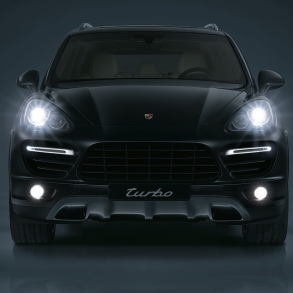
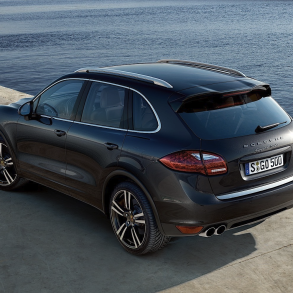


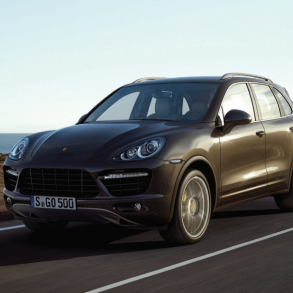
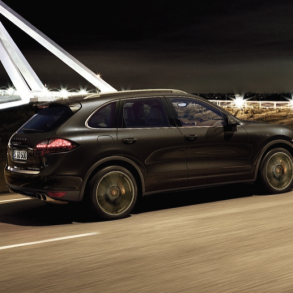
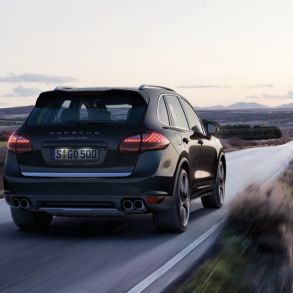






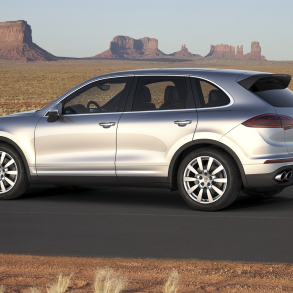

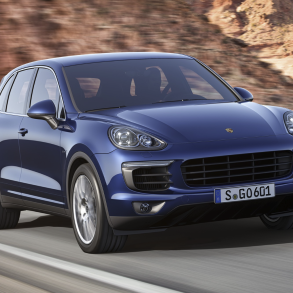
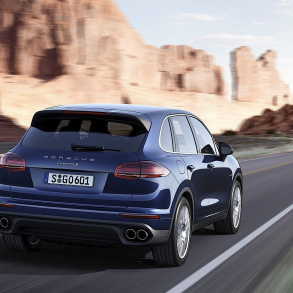



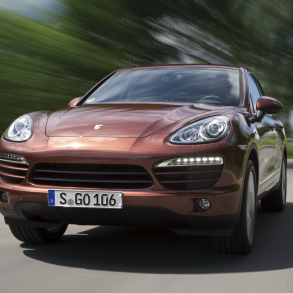

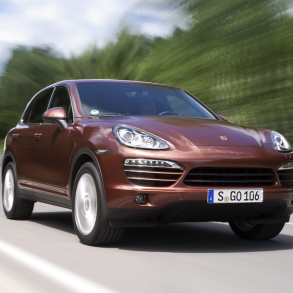

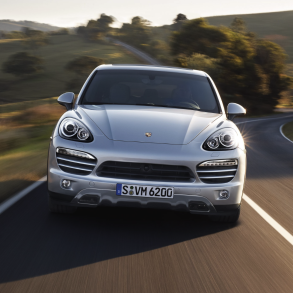
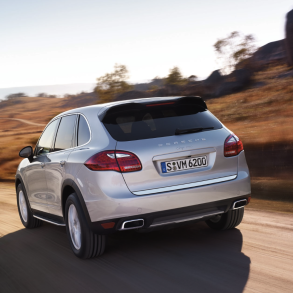


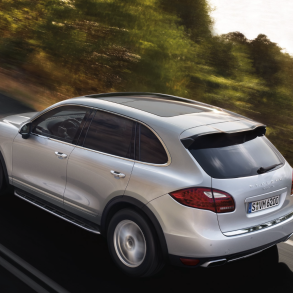






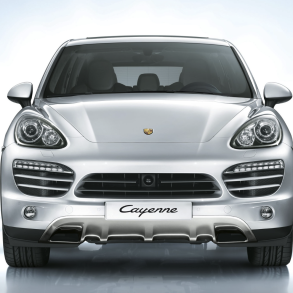
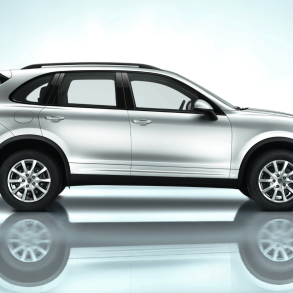
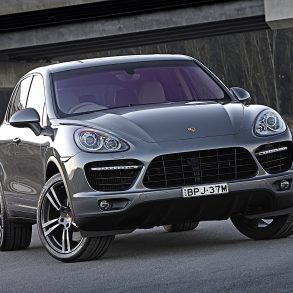

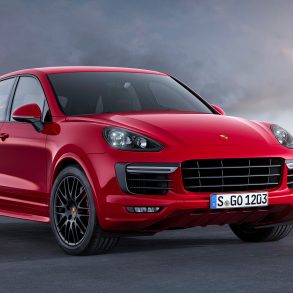
Launched as a fully redesigned model for the 2011 model year, the second generation introduced significant improvements in performance, technology, and efficiency compared to its predecessor. It continued with annual updates and various new model introductions, such as the Turbo S, Cayenne Diesel, Cayenne S Hybrid, and the plug-in hybrid Cayenne S E-Hybrid. Production for this generation concluded in 2018, making way for the third-generation Cayenne (9Y0), which debuted in 2019.
The price of a second-generation Porsche Cayenne (model years 2011 to 2018) varies widely based on factors such as model year, trim level, mileage, condition, and optional features. According to Classic.com, the average sale price for these vehicles is approximately $31,005, with recorded sale prices ranging from as low as $6,775 to as high as $86,000.
For instance, earlier models like the 2011 Cayenne can be found with prices starting around $10,995, depending on condition and mileage. On the other hand, later models or higher-performance variants such as the Cayenne Turbo S from 2016 may command prices upwards of $86,000.
It's important to note that prices can fluctuate based on market demand, regional differences, and the specific vehicle's history. Therefore, when considering the purchase of a second-generation Porsche Cayenne, it's advisable to research current listings and consult multiple sources to obtain a comprehensive understanding of the prevailing market conditions.
The differences between the first-generation (955/957, 2003–2010) and second-generation (958, 2011–2018) Porsche Cayenne are substantial, covering design, performance, technology, and overall refinement.
The first-generation Cayenne features a more rugged, utilitarian appearance with rounded headlights, conservative lines, and a robust stance. Its styling aligned with the early-2000s Porsche design language and shared its platform with vehicles like the Volkswagen Touareg and Audi Q7. This made it comparatively heavy, impacting handling, fuel efficiency, and performance.
In contrast, the second-generation Cayenne embraced a sleeker, sportier, and more streamlined design inspired by Porsche’s contemporary lineup, particularly the Panamera. Slimmer headlights, smoother body contours, and an overall more modern, athletic stance significantly updated the Cayenne's visual appeal. This generation adopted a lighter platform, significantly reducing weight (around 400 lbs lighter on average), which improved agility, handling precision, and fuel economy.
Inside, the first-generation Cayenne offered functional interiors that were practical yet somewhat dated by today’s standards, particularly regarding infotainment and navigation technology. With the second generation, Porsche dramatically upgraded interior quality, design, and technology. Inspired heavily by the Panamera, the newer Cayenne showcased luxurious materials, enhanced ergonomics, a significantly improved infotainment system, and more advanced driver-assist technologies.
Engine and performance changes between the generations were also noteworthy. The first-generation Cayenne featured naturally aspirated and turbocharged V6 and V8 engines ranging from 3.2 to 4.8 liters, delivering solid power but limited efficiency. The second-generation models brought significant advancements, including direct fuel injection, engine stop-start systems, and the introduction of hybrid and diesel powertrains. These enhancements delivered better performance, lower emissions, and improved fuel economy, especially notable in performance variants like the Cayenne Turbo and Turbo S, which offered significantly increased horsepower and quicker acceleration.
Finally, handling and ride quality saw major improvements in the second generation. While the first-generation Cayenne provided capable but somewhat truck-like dynamics, the second-generation Cayenne, thanks to its lighter construction, advanced suspension systems, and improved chassis tuning, became noticeably sportier, delivering driving dynamics closer to Porsche’s sports-car heritage.
In short, the second-generation Cayenne represented a considerable evolution from its predecessor, becoming lighter, quicker, more luxurious, and more technologically advanced—solidifying Porsche’s commitment to building SUVs that genuinely blend sports-car handling and luxury.
The differences between the second-generation (958; 2011–2018) and third-generation (9Y0; 2019–present) Porsche Cayenne represent another significant evolution, marked by advances in design, technology, performance, and overall sophistication.
The second-generation Cayenne introduced a lighter, sportier, and more refined approach compared to the first generation, significantly enhancing Porsche’s standing in the luxury SUV segment. It improved handling, performance, and introduced hybrid powertrains. Still, by the end of its run, it began to show its age in terms of interior technology and connectivity compared to emerging competitors.
In contrast, the third-generation Cayenne, launched in 2019, introduced an entirely new platform (shared with VW Group's MLB Evo architecture), offering even greater weight savings, improved agility, and increased interior space. Its styling evolved subtly but effectively, becoming sharper, more contemporary, and clearly influenced by Porsche’s latest models like the Panamera and Macan. The third-generation Cayenne also emphasized advanced technology, featuring digital instrument clusters, large touchscreen infotainment systems, and significantly upgraded driver-assistance systems.
Performance-wise, the third-generation Cayenne took another leap forward, featuring more powerful and efficient engines across the lineup. Notably, the Cayenne introduced a stronger focus on hybridization, including high-performance plug-in hybrids such as the Cayenne Turbo S E-Hybrid, combining exceptional power (up to 670 horsepower) with improved fuel economy and reduced emissions.
The interior quality and overall luxury experience significantly improved in the third generation, with premium materials, refined ergonomics, and advanced connectivity features that outclassed the second generation. Suspension systems also saw dramatic upgrades, such as adaptive air suspension, Porsche Dynamic Chassis Control (PDCC), rear-axle steering, and advanced brake technologies, further enhancing driving dynamics and ride comfort.
In summary, the transition from the second- to third-generation Cayenne involved substantial improvements in technology, performance, luxury, and refinement, marking another significant evolution in Porsche’s ongoing development of the luxury SUV category.
The second-generation Porsche Cayenne (958, 2011–2018) was remarkably fast, especially for a luxury SUV, with performance varying significantly by model variant.
The base second-gen Cayenne, equipped with a 3.6-liter V6 producing around 300 horsepower, delivered a 0–60 mph time of about 7.1 seconds, topping out near 142 mph. The Cayenne S, featuring a more powerful 4.8-liter naturally aspirated V8 (400 hp), accelerated to 60 mph in approximately 5.6 seconds, with a top speed around 160 mph.
The Cayenne Turbo elevated performance considerably with its 4.8-liter twin-turbocharged V8 engine generating 500 horsepower. It could sprint from 0–60 mph in roughly 4.4 seconds, achieving a top speed of approximately 172 mph.
Porsche introduced even higher performance with the Cayenne Turbo S variant, particularly the 2016–2018 model years, which produced an impressive 570 horsepower. This model could accelerate from 0–60 mph in just 3.8 seconds and achieved a top speed of around 176 mph, making it one of the fastest SUVs available during its production run.
Additionally, the hybrid and plug-in hybrid variants, such as the Cayenne S Hybrid and Cayenne S E-Hybrid, offered a balanced combination of performance and efficiency. For example, the Cayenne S E-Hybrid produced a combined 416 horsepower, enabling a 0–60 mph time around 5.4 seconds and a top speed of approximately 151 mph.
Overall, the second-generation Cayenne delivered sports-car-like acceleration and impressive top speeds, reinforcing Porsche's leadership in the high-performance luxury SUV market.
The best year for a second-generation Porsche Cayenne is generally considered to be 2017 or 2018, the final two model years of the generation (958.2 facelift).
These later models benefited from refinements and improvements made throughout the second-generation Cayenne’s lifecycle, including updated infotainment technology, enhanced reliability, better interior materials, and improved performance. The 2015 facelift (958.2) brought notable styling enhancements, engine upgrades, improved fuel economy, and significant updates to the infotainment and connectivity systems.
Specifically, 2017–2018 models represent the most refined, reliable, and feature-rich versions of this generation, especially the high-performance variants like the Cayenne Turbo, Turbo S, and the Cayenne GTS. Additionally, the plug-in hybrid Cayenne S E-Hybrid became well-rounded and more efficient by these final years, offering excellent power and lower running costs.
Therefore, if you're considering buying a second-generation Cayenne, choosing a late-model year such as 2017 or 2018 ensures you'll benefit from the most comprehensive improvements and highest levels of refinement and reliability.
Join Our Porsche Community
Sign up for our weekly Porsche newsletter. The latest Porsche news, rumors, reviews and more delivered to your inbox. Cool Porsche stuff perfect for the flat-six obsessed.